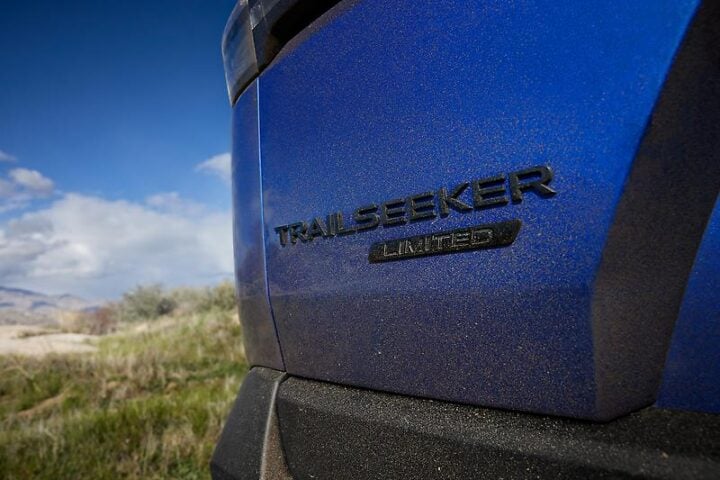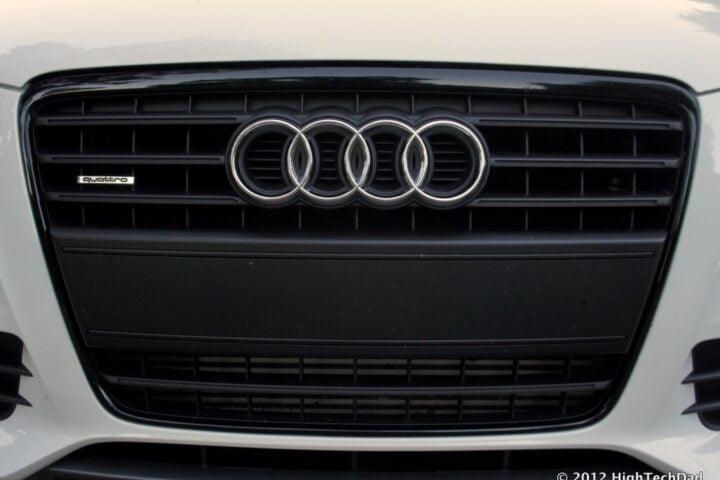Yamaha has emerged as a dependable leader in the e-bike sector, known for producing reliable and technologically advanced motorcycles. With the release of their range of e-bikes, Yamaha has shown their commitment to enhancing e-bike technology. Building upon the success of their PW-X3 e-bike system, Yamaha has now introduced the new PW-XM, which aims to strike a perfect balance between lightweight construction and high torque and power output. The importance of shedding weight in e-bike systems is not lost on Yamaha, as seen in the latest offerings from competitors such as Bosch’s Performance Line SX and Fazua’s compact Ride 60 e-bike system. Celebrating 30 years since Yamaha Motor launched the world’s first electrically power-assisted bicycle, the company continues to push boundaries with the introduction of the PW-XM, their lightest drive unit to date.


The journey of Yamaha’s e-bike development can be traced back to the 1970s when they began with gas engine bikes. The advancement of electronics in the late 80s allowed Yamaha’s engineers to prototype an electric pedal-assist model. Three years later, a production version featuring a 235-W motor, torque sensing, and a 12.5-mile battery went into limited production in Japan before expanding nationwide the following year. Since officially entering the US market in 2018, Yamaha has been delivering impressive e-bike builds renowned for their reliability and durability. Drawing upon their decades of motorcycle expertise, Yamaha has harnessed a clever blend of magnesium alloy in the PW-XM system, resulting in a weight of just 2.6 kilograms, making it 150 grams lighter than the PW-X3. Performance-wise, the PW-XM matches the PW-X3 with a nominal output of 250 watts and a peak torque of 85 Newton meters. It offers five pedal assist levels, including a walk-assist mode and an automatic mode that adjusts the assist level based on riding conditions.


Designed and assembled in Morimachi, Japan, the PW-XM motor is specifically intended for high-end electric mountain bikes, aligning it with Bosch’s Performance Line CX and SX systems. While the pricing details for Yamaha’s new motor are yet to be disclosed, it boasts plug-and-play compatibility with e-bikes already equipped with the PW-X3, making it a desirable upgrade option for weight-conscious enthusiasts. Furthermore, the PW-XM seamlessly integrates with existing Yamaha components, including screens, controllers, and batteries. Leveraging Yamaha’s manufacturing expertise from the R1M Supersport motorcycle, the flagship PW-XM drive unit incorporates a magnesium housing, which not only contributes to its lightweight nature but also enhances heat dissipation for cooler running.

The 250-W motor of the PW-XM boasts the highest torque-to-weight ratio in Yamaha’s range and can deliver 85 Nm of torque even under high loads for extended periods, making it an ideal fit for premium eMTB applications. The inclusion of an auto assist mode allows riders to concentrate on the trail without the need for manual switching between power modes. Powered by Yamaha’s proprietary Zero Cadence Technology, the motor provides instant torque for a responsive ride up to 25 km/h (15.5 mph). Additionally, the PW-XM seamlessly integrates with any of Yamaha’s existing displays and batteries, ensuring compatibility and flexibility for e-bike manufacturers. Chassis designs built for Yamaha’s PW-X3 and PWseries S2 drives now have a third option with the fully compatible motor brackets of the PW-XM.
Similar Post
The PW-XM eMTB drive is now available to e-bike builders, and enthusiasts can look forward to witnessing its performance in the wild soon. Although pricing information has not been revealed, Yamaha’s reputation for delivering top-quality products suggests that the PW-XM will continue their legacy of excellence in the e-bike market.


















